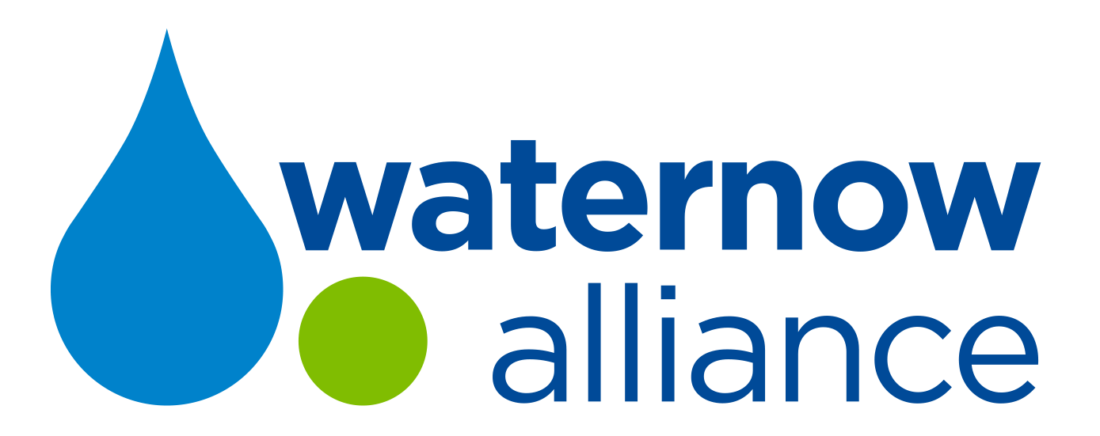 From the Executive Director,
From the Executive Director,
Cynthia Koehler:
On May 7, 2018, a little-known accounting organization approved a technical implementation guide indicating that public utilities have the option of capitalizing certain costs, such as reimbursing customers for water efficient appliances, instead of paying for these programs exclusively out of operating cash. Stop the presses!
It is hardly surprising that this policy clarification, finalized by the Governmental Accounting Standards Board (GASB) in a unanimous vote, failed to make headlines, or even any news. But given the vital implications for water utilities and their communities nationwide, it probably should have.
The water challenges facing America’s cities, towns and natural resources have definitely been in the news, from extreme drought to extreme flooding to extreme contamination. Conventional thinking about conventional infrastructure is starting to give way to the recognition that there are other ways to look at water infrastructure; that there is enormous untapped potential for decentralized practices and technologies distributed over many properties to effectively address various water management, supply and quality issues. This “distributed infrastructure” (DI) includes permeable pavements, green roofs, rain gardens, smart meters, drought-tolerant landscaping, leak detection devices, water efficient appliances, graywater systems, rainwater catchment, point-of-use water treatment and more.
Evidence is growing that DI has the capacity to serve many of the same functions as gray infrastructure, often at lower cost and with less environmental disruption. Nevertheless, investments in decentralized strategies generally represent a tiny fraction of utility spending compared with built infrastructure. Large-scale DI programs, despite their success, remain the exception rather than the norm.
And scale is the issue. For distributed programs to produce major community benefits, utilities need the flexibility to make major investments in them. In other words, they need to be able to invest in these initiatives as they do for other infrastructure projects - by accessing capital markets and amortizing costs over time. However, convention holds that utility spending on decentralized solutions – whether direct installations or consumer rebates – cannot be capitalized, but instead must be paid for out of operating cash available for annual expenses. But competition with salaries and other annual expenses severely restricts the money available for DI, limiting program scope, scale, and impact.
And this brings us back to why GASB’s vote last week on that obscure technical guidance document is potentially a big deal, even a very big deal, for public water utilities. With this action, GASB has clarified that one of its existing standards - governing the operations of public entities with rate-setting boards - does indeed allow water utilities to book DI installations as a type of asset even though spending on these programs does not result in traditional fixed assets. This effectively opens the door for utilities nationwide to capitalize and debt finance whatever decentralized programs make sense for their communities. And for many, that means that they have the flexibility to spend at far greater scale on DI initiatives than they would if limited to annual cash from operating budgets.
Expanding this flexibility and tapping the opportunity to scale up distributed infrastructure strategies are exactly why WaterNow Alliance, along with a team of experts and coalition partners, has been working for the last two years to persuade GASB to issue this policy clarification. We are very pleased that it has now done so, it is a real service to public water resource agencies – stormwater, wastewater and drinking water - nationwide.
In my next post, I’ll go into more detail about how this actually works. But the main takeaway is that with very few words, GASB has made it possible for utilities to invest in DI in an entirely new way. The vast majority of us who sit on utility governing boards will always need to reserve much, even most, of our capital budgets for treatment facilities, pumps, tanks and other built infrastructure to move water around, manage floods, and treat contaminants. But having the ability to redeploy even a fraction of the billions in local utility capital spending toward distributed programs opens a vast new range of options and opportunities for utilities, as well as new markets for water innovation and local economic development.
And that really is something to stop the presses.
This post is the first of a 3-part series on the recent GASB Implementation Guide. You can read part two here and part three here.


